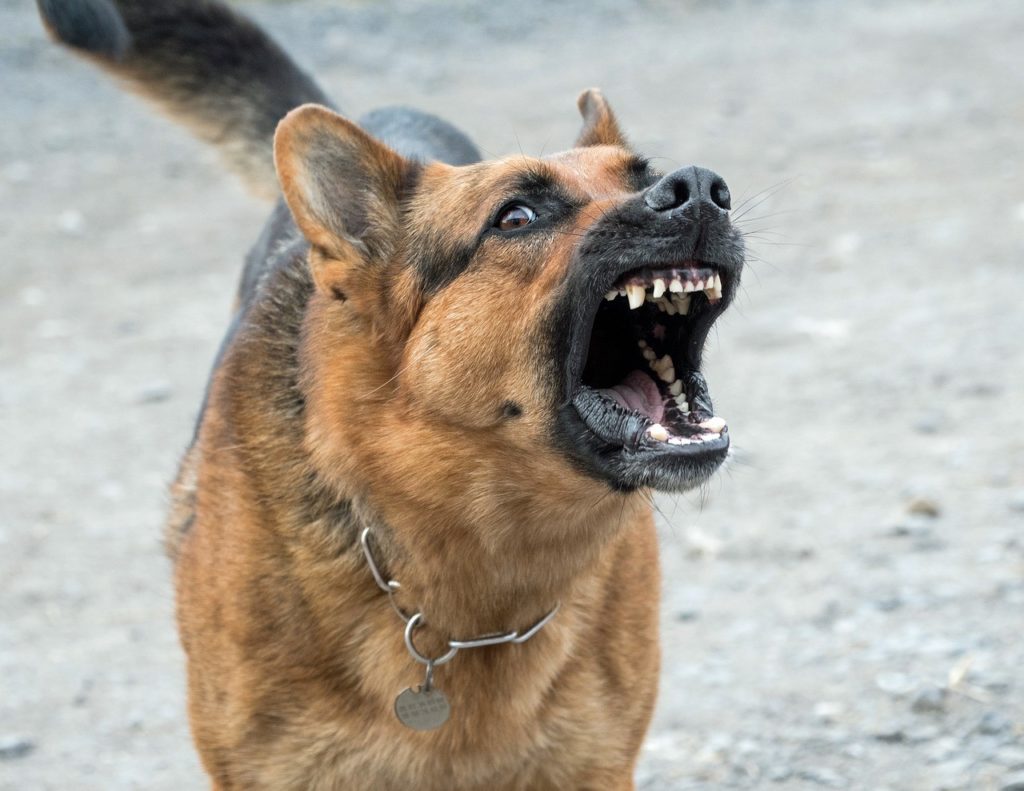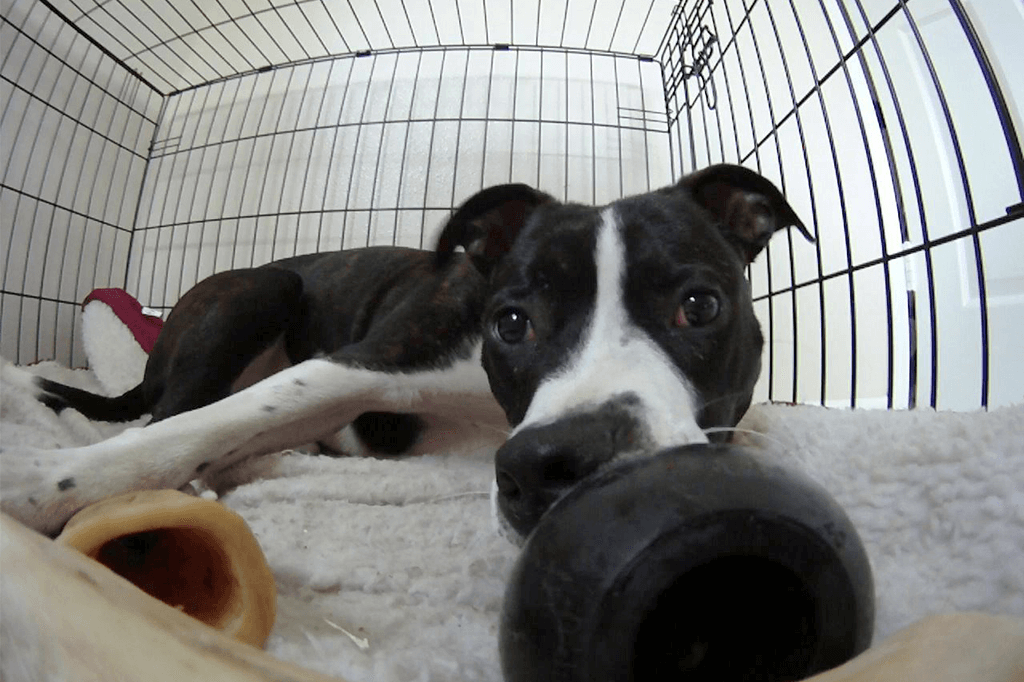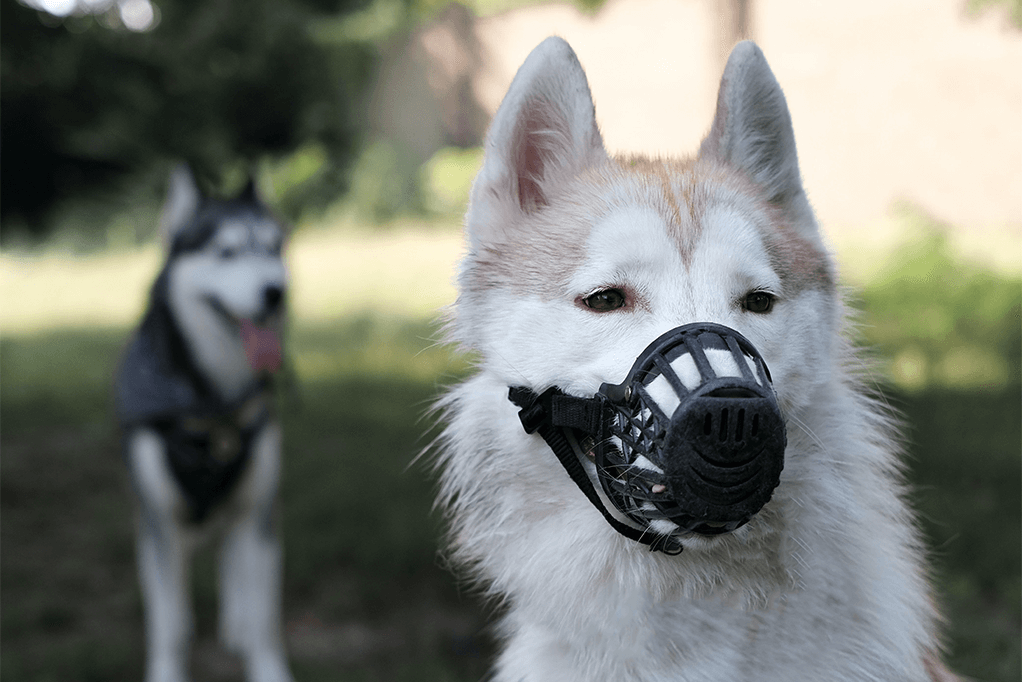Dealing With Your Dog’s Separation Anxiety
One of the most common behavioral problems that dogs experience is separation anxiety. This disorder affects between 20% to 40% of all dogs, and can be quite challenging to treat. However, separation anxiety will only worsen when left ignored, making it important for you to take the steps necessary to deal with your dog’s separation anxiety as soon as possible.
WHAT EXACTLY IS SEPARATION ANXIETY?
Separation anxiety is exactly what it sounds like – anxiety experienced by a dog when he has been separated from his owner.
Dogs are social animals. They naturally want company, whether this may be from a human or another dog.
This means that life can seem quite difficult for them when they are left alone, leading to them becoming extremely anxious.
This anxiety can manifest in a number of different ways, with the most common symptoms of separation anxiety in dogs being:
-
Going to the toilet in the house, even if the dog is toilet trained
-
Destructive behaviors, such as chewing, digging or destroying items around the house
-
Pacing around the house
-
Escaping, whether this may be from a cage or from the house itself
-
Excessive panting
-
Excessive barking, whining or howling
As you can see, separation anxiety isn’t much fun for your dog. It causes so much distress to both dog and owner, making this a problem that needs to be solved quickly.
GETTING YOUR DOG USED TO BEING ON HIS OWN
The first step in tackling separation anxiety requires you to go back to basics.
Before your dog can be comfortable with being left on his own for a few hours, he needs to be happy being left on his own for a few minutes.
Begin by preparing the area you normally leave your dog in, in the same way you would when you leave the house. Put your dog in the area, preferably with a tasty treat, and then leave him to it.
Give him two to three minutes on his own before returning. It is important to ensure that you return while your dog is still quiet and happy, before the anxiety starts to build.
Repeat those steps a few times each day.
Once your dog is okay with being left alone for a few minutes, you can gradually increase this time. Go from five minutes to ten, and then twenty, before working your way up to an hour.
What should you do if your dog starts showing signs of separation anxiety while you are following the above steps?
This just means that you need to slow down a bit. Take a step back and go back to the amount of time your dog was comfortable being left alone for.
Keep working on this and increase it at a slower rate than you did before.
COUNTER-CONDITIONING
As mentioned above, leaving your dog with a treat whenever you leave the house can be quite a useful little trick.
How?
Because this helps your dog to associate you leaving with something more positive.
Ideally, you should try to use a treat that will keep your dog occupied for as long as possible. Stuffed Kongs or food puzzle toys are great for this.
However, keep in mind that this will only work for dogs with mild separation anxiety.
Why?
Because severe separation anxiety causes too much stress for a dog to eat.
CRATE TRAINING
Research suggests that it only takes between five and ten minutes for an anxious dog to calm down when placed inside a crate.
When used in the right way, a crate is a cozy little den in which a dog will feel completely safe in. Placing your dog in a crate before leaving him alone can help to keep your dog calm while you are away.
Is your dog not crate trained?
This is usually something that they pick up on quite easily. Make sure that your dog thinks of the crate as a positive place, rather than as a punishment. Try feeding your dog in his crate when crate training, and make sure that any special treats are given in the crate too. All of this will help your dog to associate the crate with positive feelings.
DE-SENSITIZING
If your dog has separation anxiety, you will likely have noticed that symptoms begin showing before you have even left the house.
How does your dog know that you are getting ready to leave?
Because there will be a number of cues that tell him so, and this then triggers the anxiety to begin. Anything from putting your shoes on to picking up your keys can cause worry for your dog. This will then escalate as time goes on.
The best way to put a stop to this is by de-sensitizing your dog to these cues.
This means that you may need to put your shoes on several times a day for a few weeks. You may also need to keep picking up your car keys before putting them back down. You should also practice leaving your dog in the place you keep him while you are away. However, make sure that you do not actually leave your dog alone when working on de-sensitizing him.
MUSIC
There is quite a bit of recent research out there that shows how music is able to really help calm a dog down.
In fact, it does this to such an extent that many dog shelters are now playing music to help keep their dogs happier. This also means they are more likely to be adopted.
Calming tunes tend to be best, but just about anything will do. Try leaving the radio or TV on before leaving the house. This should provide enough background noise while you are out to help your dog settle.
It can be easy to try to ignore separation anxiety at first, believing that your dog’s behavior will get better on its own. However, more often than not, the opposite is true, and symptoms will only get worse as time goes on. Although there is no quick fix to dealing with your dog’s separation anxiety, consistently working with your dog on this by following the steps above can really help your dog slowly adjust to being left on his own.





